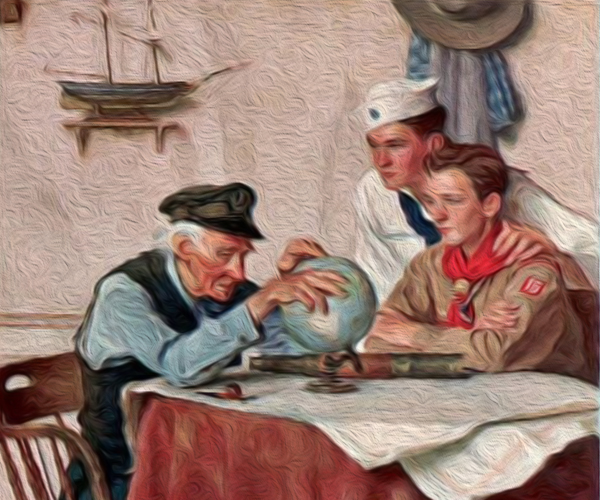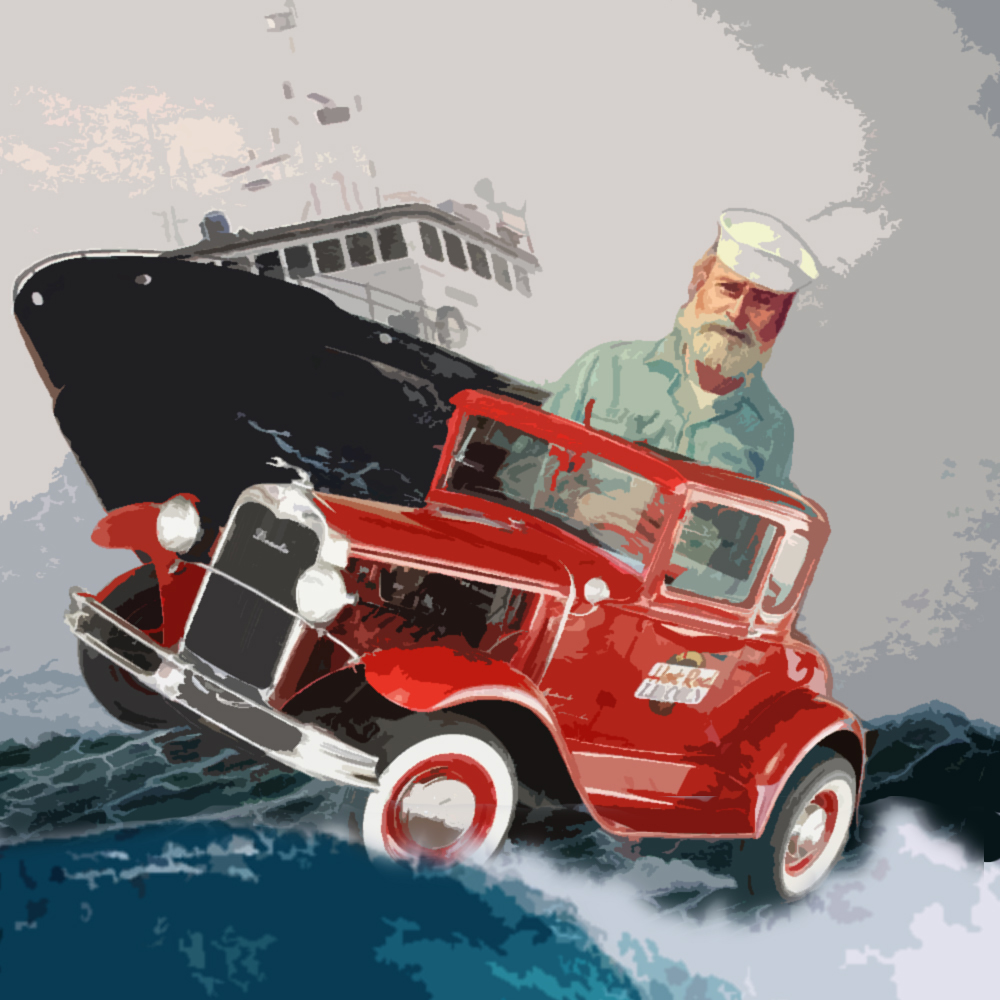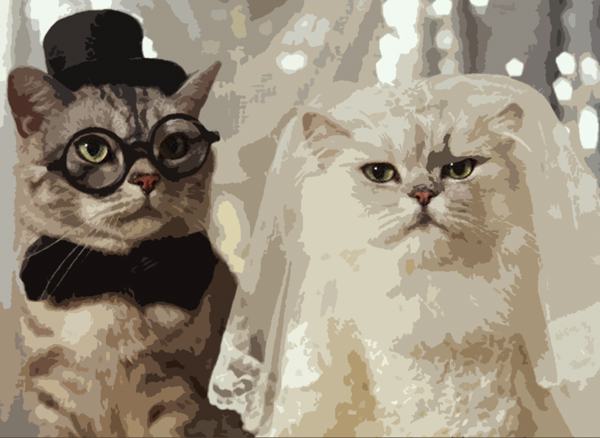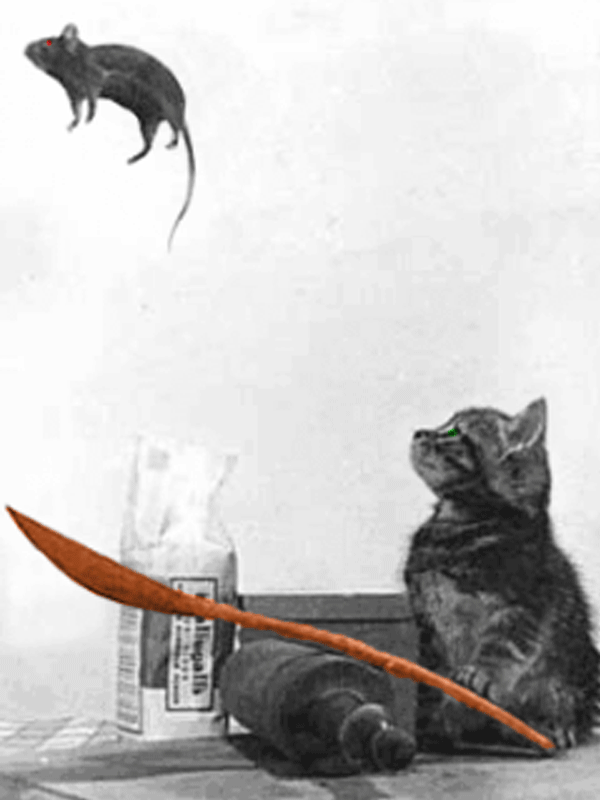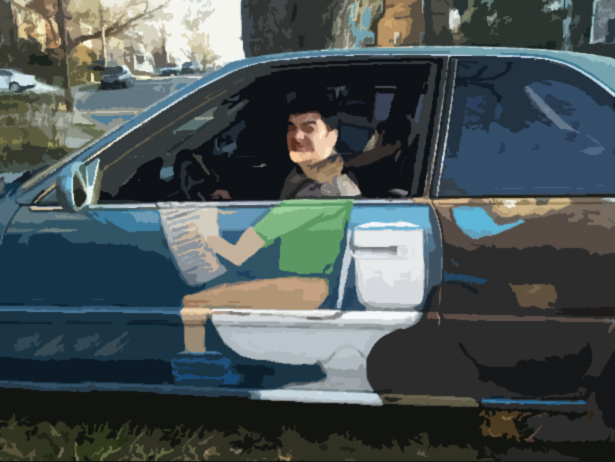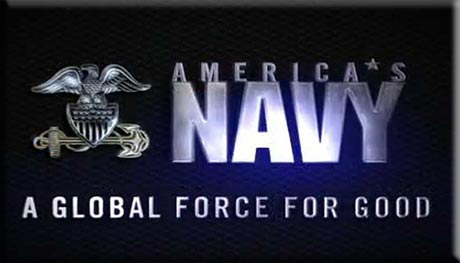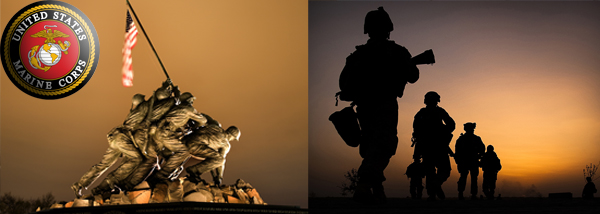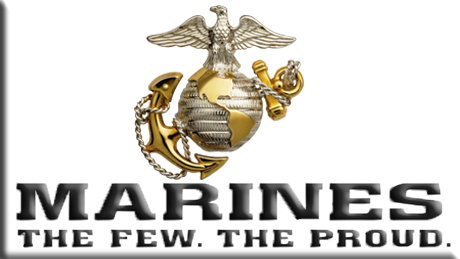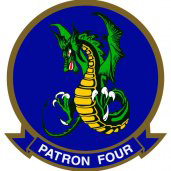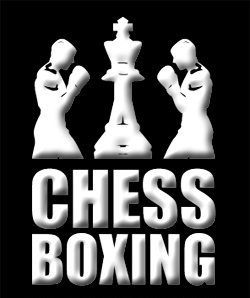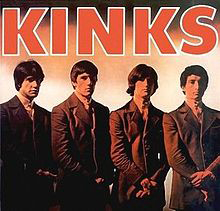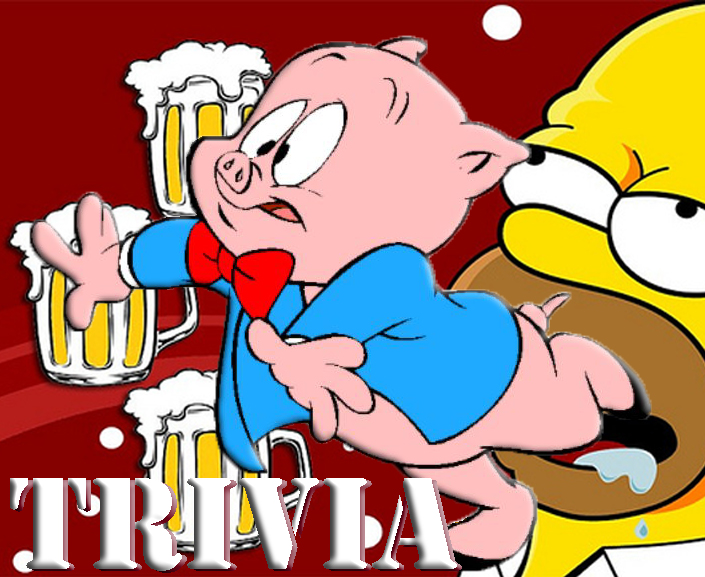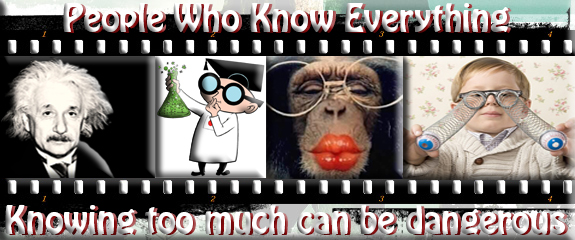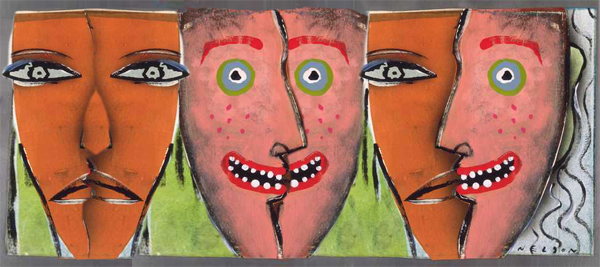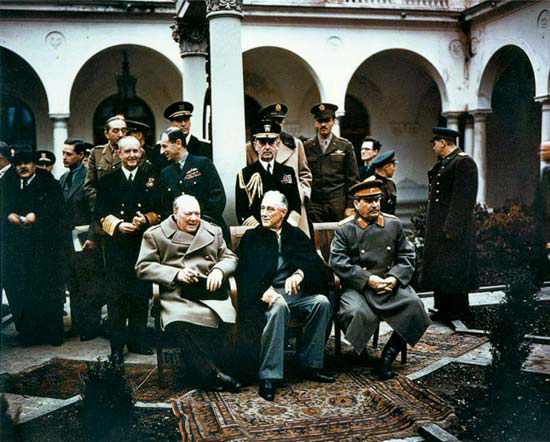
Yalta Conference ends on February 11, 1945
Yalta Conference ends: On February 11, 1945, a week of intensive bargaining by the leaders of the three major Allied powers ends in Yalta, a Soviet resort town on the Black Sea. It was the second conference of the “Big Three” Allied leaders–U.S. President Franklin D. Roosevelt, British Prime Minister Winston Churchill, and Soviet Premier Joseph Stalin–and the war had progressed mightily since their last meeting, which had taken place in Tehran in late 1943.
What was then called the Crimea conference was held at the old summer palace of Czar Nicholas II on the outskirts of Yalta, now a city in the independent Ukraine. With victory over Germany three months away, Churchill and Stalin were more intent on dividing Europe into zones of political influence than in addressing military considerations. Germany would be divided into four zones of occupation administered by the three major powers and France and was to be thoroughly demilitarized and its war criminals brought to trial. The Soviets were to administer those European countries they liberated but promised to hold free elections. The British and Americans would oversee the transition to democracy in countries such as Italy, Austria, and Greece.
Final plans were made for the establishment of the United Nations, and a charter conference was scheduled to begin in San Francisco in April.
A frail President Roosevelt, two months from his death, concentrated his efforts on gaining Soviet support for the U.S. war effort against Japan. The secret U.S. atomic bomb project had not yet tested a weapon, and it was estimated that an amphibious attack against Japan could cost hundreds of thousands of American lives. After being assured of an occupation zone in Korea, and possession of Sakhalin Island and other territories historically disputed between Russia and Japan, Stalin agreed to enter the Pacific War within two to three months of Germany’s surrender.
Most of the Yalta accords remained secret until after World War II, and the items that were revealed, such as Allied plans for Germany and the United Nations, were generally applauded. Roosevelt returned to the United States exhausted, and when he went to address the U.S. Congress on Yalta he was no longer strong enough to stand with the support of braces. In that speech, he called the conference “a turning point, I hope, in our history, and therefore in the history of the world.” He would not live long enough, however, to see the iron curtain drop along the lines of division laid out at Yalta. In April, he traveled to his cottage in Warm Springs, Georgia, to rest and on April 12 died of a cerebral hemorrhage.
On July 16, the United States successfully tested an atomic bomb in the New Mexico desert. On August 6, it dropped one of these deadly weapons on Hiroshima, Japan. Two days later, true to its pledge at Yalta, the Soviet Union declared war against Japan. The next day, the United States dropped another atomic bomb on Nagasaki, and the Soviets launched a massive offensive against the Japanese in Manchuria. On August 15, the combination of the U.S. atomic attacks and the Soviet offensive forced a Japanese surrender. At the end of the month, U.S. troops landed in Japan unopposed.
When the full text of the Yalta agreements were released in the years following World War II, many criticized Roosevelt and Churchill for delivering Eastern Europe and North Korea into communist domination by conceding too much to Stalin at Yalta. The Soviets never allowed free elections in postwar Eastern Europe, and communist North Korea was sharply divided from its southern neighbor.
Eastern Europe, liberated and occupied by the Red Army, would have become Soviet satellites regardless of what had happened at Yalta. Because of the atomic bomb, however, Soviet assistance was not needed to defeat the Japanese. Without the Soviet invasion of the Japanese Empire in the last days of World War II, North Korea and various other Japanese-held territories that fell under Soviet control undoubtedly would have come under the sway of the United States.
At Yalta, however, Roosevelt had no guarantee that the atomic bomb would work, and so he sought Soviet assistance in what was predicted to be the costly task of subduing Japan. Stalin, more willing than Roosevelt to sacrifice troops in the hope of territorial gains, happily accommodated his American ally, and by the end of the war had considerably increased Soviet influence in East Asia. History Channel / Wikipedia / Encyclopedia Britannica / U.S. Department of State - Office of the Historian.gov Library of Congress.gov / Portland State University (The Far East agreements of the Yalta Conference of February 4-11, 1945) / FDR Library

